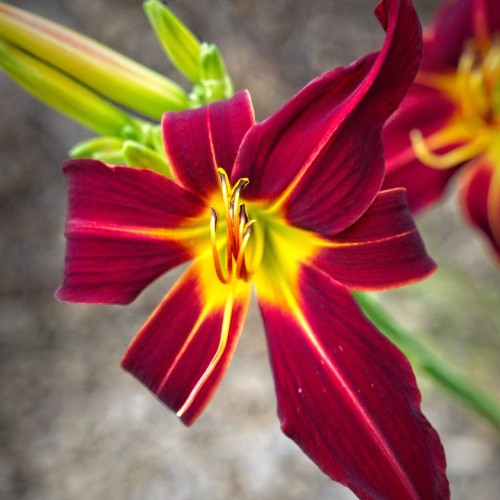
daylily
Hemerocallis 'Painted Trillium'
Cycle:
Herbaceous Perennial
Watering:
Average
Hardiness Zone:
3 - 9
Flowers:
Flowers
Sun:
Full sun,part shade
Leaf:
Yes
Growth Rate:
Low
Maintenance:
Low
Drought Tolerant:
Yes
Salt Tolerant:
Yes
Care Level:
Medium
watering
Daylilies require moderate watering, so about 1-1.5 inches of water per week is ideal. If you are using an irrigation system, it will need to run for around 30 minutes every week, depending on the conditions. Water the plants in the morning or early evening, so the sun won't evaporate the moisture quickly. During hot summer months, daylilies may need a bit extra water, so you can increase the watering frequency, as needed. It is important to ensure that the soil around the plants remains moist, but not soggy. If you notice that the leaves are wilting, you will need to water the plants more often.
sunlight
Daylily (Hemerocallis 'Painted Trillium') plants should receive full sunlight for at least 4 to 6 hours a day in order to thrive. For best results, place the Daylily in direct sunlight for at least part of the morning, then move it to a partially shaded area for the rest of the day. Too much direct sunlight during the hottest parts of the day can scorch the leaves, so avoid planting in midsummer or on very hot days.
pruning
Daylilies (Hemerocallis 'Painted Trillium') should be pruned once a year after their blooming period. Pruning should consist of cutting back the flower stalks, as well as deadheading. Depending on the age of the plant, some of the foliage should be cut back to promote new growth in the spring. This can be done in late fall or early winter after the first frost. Pruning daylilies too severely can reduce their vigor, so strive for moderation when pruning.
